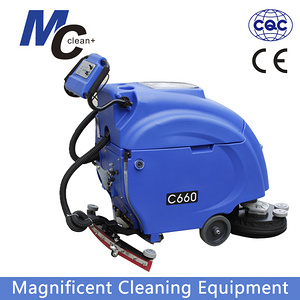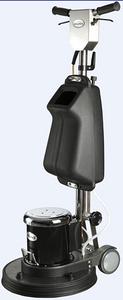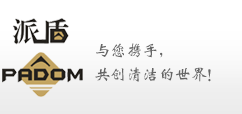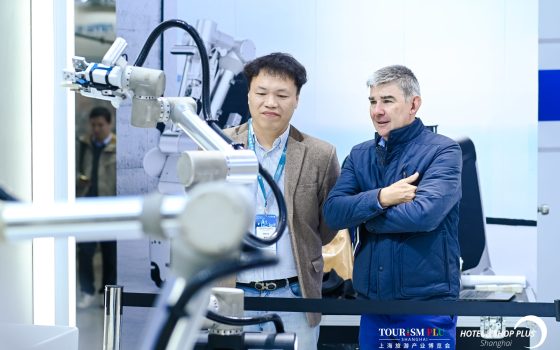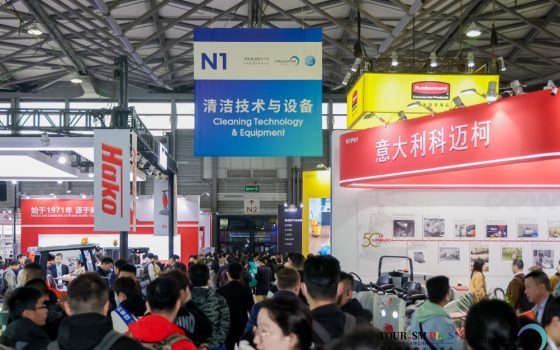UNESCO site Wartburg Castle gets LED lighting for 300 exhibits and common areas
Zumtobel has announced a retrofit to LED-based lighting at Wartburg Castle in Germany — the UNESCO (United Nations Educational, Scientific and Cultural Organization) World Heritage Site that reflects almost 1000 years of German history. Perched above the city of Eisenach in the state of Thuringian, the castle interior now features solid-state lighting (SSL) for 300 exhibit areas as well as in the common areas of the venue.
Interested in articles & announcements on LED lighting in museum, retail, & hospitality applications?
The Wartburg Castle complex dates to the 12th century and is where Martin Luther translated the New Testament of the Bible into German and laid the foundation for a standardized German language. The site remains the top Luther-centric historic venue in the world and is hosting a special exhibition entitled “Luther and the Germans” tied to the ongoing Year of Martin Luther celebration.
The castle is not Zumtobel’s first major project at a UNESCO World Heritage Site. For example, we covered a project at the Aachen Cathedral Treasury where Zumtobel LED products delivered energy savings and better lighting for what was once the favored home of Charlemagne.
Germany's Wartburg Castle, a UNESCO World Heritage site, now features interior LED lighting installed in a manner that respects the site's protected historical status. (Photo credit: Wartburg-Stiftung Eisenach)
At Wartburg, Zumtobel Supersystem II luminaires are delivering improved lighting for the exhibit areas that total 1000m2. The SSL product family comprises miniaturized and modular products that enable many accent and direct lighting effects and scenes to be installed on low-voltage tracks. For example, the miniature spotlights only extend 45 mm below the track and the track extends 30 mm below the surface upon which it is mounted. The tracks are available in lengths as short as 26 mm and in larger sizes.
The LED lighting replaced a 20-year-old legacy system, and as we have noted in coverage of other historic sites, the low-power requirements of SSL are often a critical element of the selection criteria. There would not have been an option to add more power cables in the castle, but the LED lighting easily could be driven by existing wiring.
">Recommended Products
HT-321(SC-321/AC-321) Clean Three-in-one Carpet Cleaner
Inquiry Guangzhou Haotian Cleaning Equipment Technology Co., Ltd.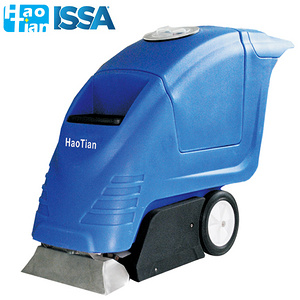
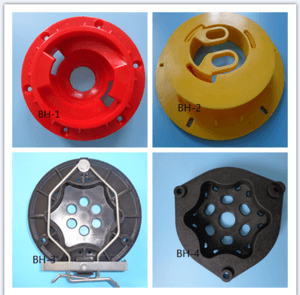
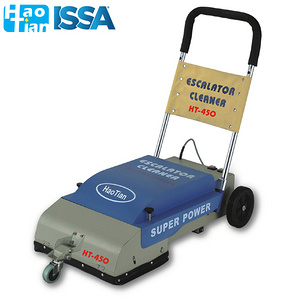
HT-30J HaoTian 30-liter Stainless Steel Silent Wet and Dry Vacuum Cleaner
Inquiry Guangzhou Haotian Cleaning Equipment Technology Co., Ltd.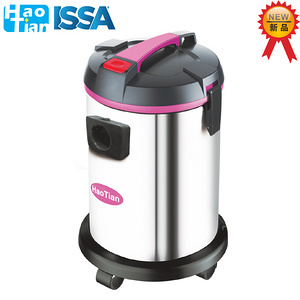
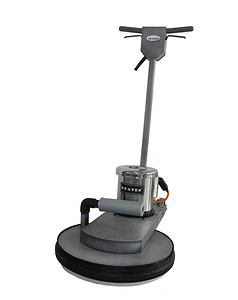
D-026 Rectangle Laundry cart & D-027 X Laundry cart
Inquiry Guangzhou Haotian Cleaning Equipment Technology Co., Ltd.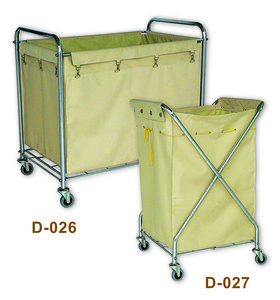
MC C660 battery powerd floor scrubber floor cleaning machine with dual brushes
Inquiry Suzhou Magnificent Cleaning Equipment Co.,Ltd.